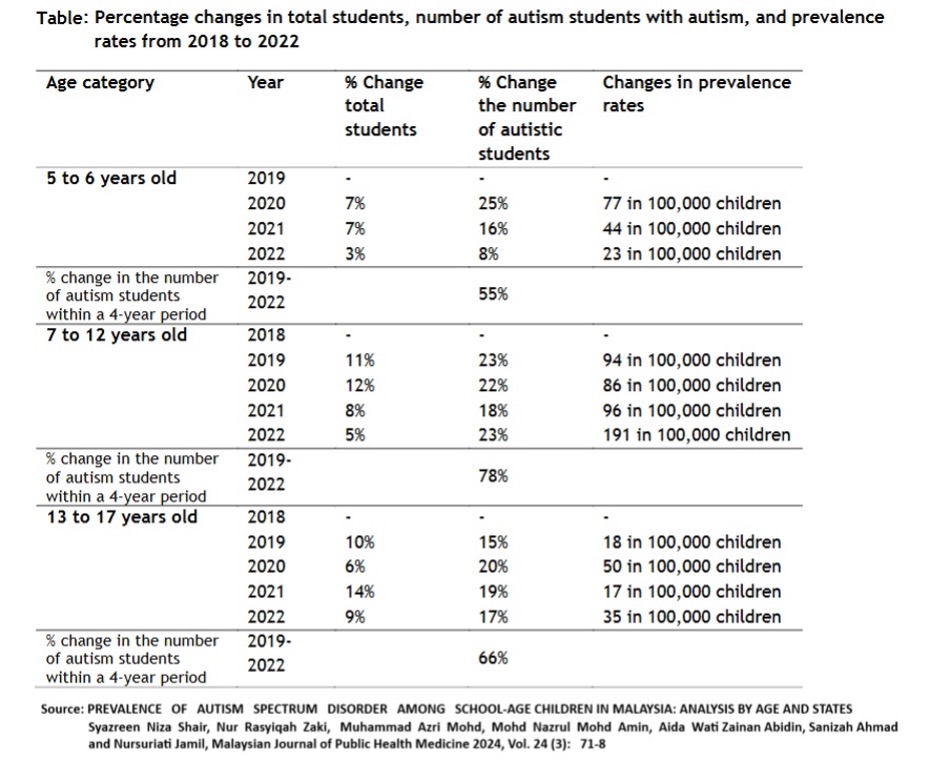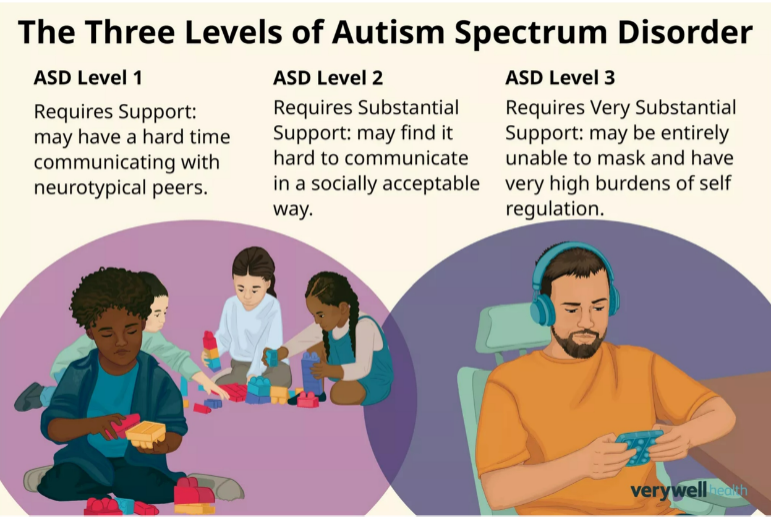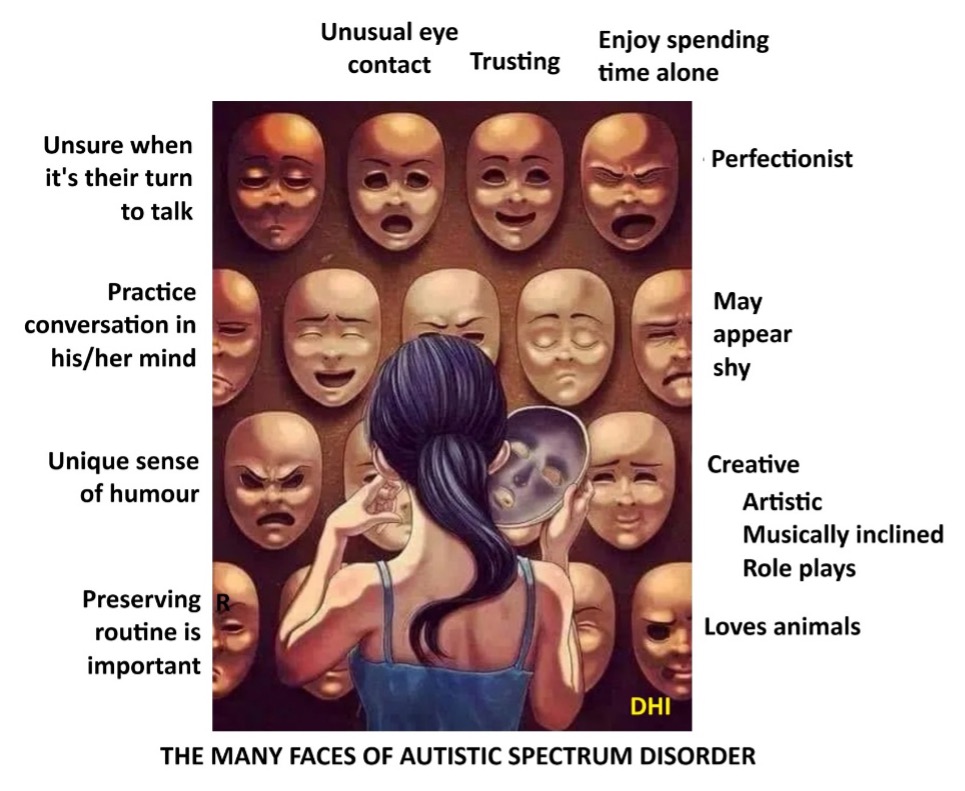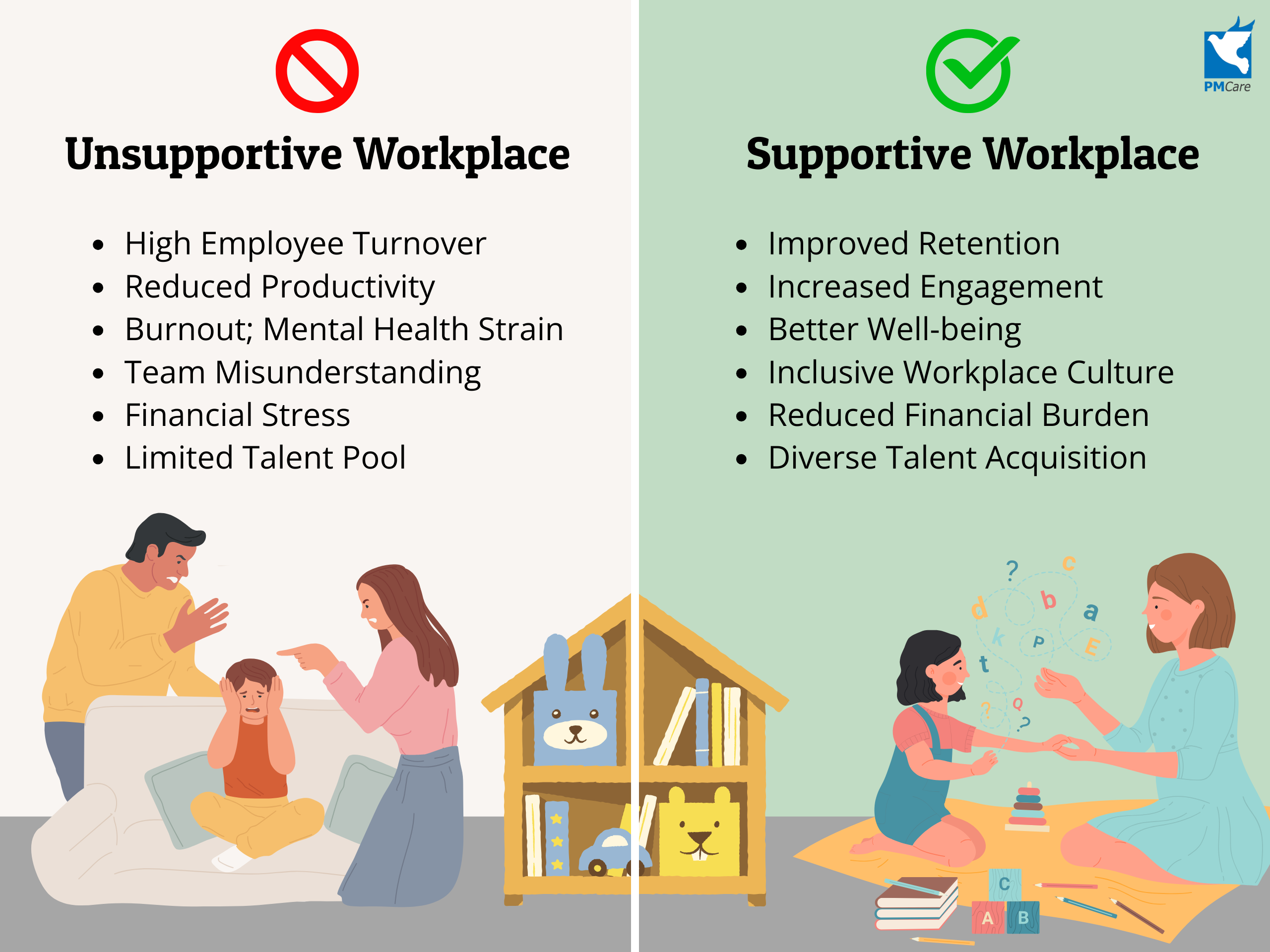Supporting Employees Coping with Autistic Children: A Path to Inclusive Workplaces
By Dr Helmi Ismail, Medical Advisor of PMCare
Part 1: Appreciating the Condition
Autism, or autism spectrum disorder (ASD), is increasingly discussed in public conversations, yet it remains widely misunderstood. That’s why 2nd April is designated as World Autism Awareness Day, while the entire month of April is recognized as World Autism Acceptance Month.
The term “autism” was first coined in 1911 by Swiss-German psychiatrist Paul Eugen Bleuler (1857–1939), who mistakenly classified it as a form of childhood schizophrenia. This mislabeling persisted for decades until American research psychologist Bernard Rimland published a more accurate understanding of autism in 1964, highlighting its roots in neurological development.
Despite growing awareness, we still have a long journey ahead. This article aims to help everyday readers understand autism better (Part 1) and be ready to support parents who care for individuals with autism (Part 2).
Prevalence

In recent years, awareness of ASD has increased significantly. According to the Centers for Disease Control and Prevention (CDC), about 1 in 68 children in the U.S. is diagnosed with ASD. In Malaysia, a 2005 survey estimated that 1 in 625 children may have ASD. However, this figure is likely an underestimation—we await more up-to-date and comprehensive local studies, including those stratified by age group, as seen in research conducted between 2018 and 2022.
Manifestation
Autism primarily affects brain development in areas related to social interaction and communication. Children and adults with autism often face challenges in both verbal and non-verbal communication, making social interactions and recreational activities difficult. These challenges can vary greatly among individuals.

Some may struggle to connect with the outside world, and a small number may display aggressive or self-injurious behaviour. Common traits include repetitive body movements (such as hand flapping or rocking), unusual reactions to people or objects, and strong resistance to changes in routine. Many also experience heightened sensitivity across the five senses: sight, hearing, touch, taste, and smell.

It’s important to acknowledge the neurodiversity movement and autism rights movement, both of which advocate recognizing autism as a natural variation of the human brain rather than a condition to be cured. These movements promote acceptance, emphasize coping skills over conformity, and push for the recognition of autistic individuals as a minority group deserving of rights and respect.
Testing and Evaluation
A proper assessment is key to understanding and supporting a child with autism. Autism assessments usually involve one or more appointments with a multidisciplinary team of professionals. For children, the team may:
- Ask about developmental milestones, such as when the child began talking
- Observe interactions between the child and caregiver, as well as the child’s play behaviour
- Review reports from GPs, paediatricians, nurseries, or schools
- Take a medical history and perform a physical examination
They may also observe the child in their school environment to see how they interact during class and break times. Things worth discussing with the assessment team:
- Recommendations for local support groups
- Referrals for speech and language therapy
- How to find support resources (e.g. NASOM – National Autism Society of Malaysia, www.nasom.org.my)
- Liaising with teachers or special education coordinators at school
- Speaking with student support services at college or university
- Talking to your employer’s HR or line manager
- Asking your local council for a needs assessment to explore available support options
Part 2: Supporting Working Parents of Autistic Children
Balancing work responsibilities with the demands of caregiving is particularly challenging for parents of autistic children. Employers play a crucial role in creating inclusive workplaces that offer real support. This section explores the difficulties these parents face, suggests strategies employers can adopt, and outlines how both parties benefit from a supportive environment.
Challenges Faced by Working Parents of Autistic Children
Parents of autistic children often deal with a demanding combination of medical, educational, and emotional responsibilities. Common challenges include:
a. Time Management: Frequent therapy sessions, IEP (Individualized Education Program) meetings, and medical appointments can disrupt regular work schedules.
b. Imbalance of Attention: The autistic child often requires intense focus, sometimes at the expense of other siblings.
c. Emotional and Physical Stress: Constant caregiving can lead to burnout, anxiety, and fatigue, which in turn affects workplace performance.
d. Financial Strain: Therapies and interventions are often expensive, with many families spending thousands of ringgit annually.
e. Social Stigma: Misconceptions about autism may lead to isolation or judgment at work, adding to parents’ stress.
Supporting Employees at the Workplace
Employers can implement supportive and compassionate policies to ease the burden faced by these parents. Strategies for Employer Support include:
a. Flexible Work Arrangements
- Remote Work: Enables parents to manage their child’s needs while remaining productive.
- Flexible Hours: Allows scheduling around therapy or school-related appointments.
- Compressed Workweeks: Working longer hours over fewer days can free up time for caregiving.
Example: A parent might work remotely two days a week to manage midday therapy sessions, reducing both stress and absenteeism.
b. Enhanced Leave Policies and Financial Support
- Extended Parental Leave: Going beyond standard leave policies for medical or caregiving needs.
- Disability Insurance: Offering plans that help cover autism-related expenses.
- Subsidized Childcare: Partnering with ASD-specialized childcare providers.
Companies like Microsoft offer “autism benefits” that include Applied Behaviour Analysis (ABA) therapy—setting a valuable precedent.
c. Mental Health and Wellness Resources
- Employee Assistance Programs (EAPs): Provide counselling and referrals to autism experts.
- Support Groups: Create peer networks for sharing resources and strategies.
- Mindfulness Programs: Sponsor stress-reducing activities such as yoga or meditation.
d. Inclusive Workplace Culture
- Training Programs: Educate staff on autism and neurodiversity to reduce stigma and foster empathy.
- Normalised Accommodations: Destigmatize the use of special accommodations, such as quiet rooms or flexible hours.
Community Support
Autism support should not be left solely to individuals or families—it requires a collective societal effort. Communities should streamline existing resources and foster connection by:
a. Improved Access to Technology and Resources
- Teletherapy Subsidies: Make online therapy more accessible and affordable.
- Productivity Tools: Offer apps that help parents manage tasks and balance roles more effectively.
b. Employer and Employee Benefits
- Retention and Loyalty: Employees are more likely to stay with empathetic employers. Programs like SAP’s Autism at Work show higher retention among neurodiverse employees.
- Increased Productivity: Flexible, low-stress environments lead to better focus and performance. A study by the Society for Human Resource Management (SHRM) found that flexible policies improve productivity by up to 20%.
- Enhanced Reputation and Morale: Inclusive companies attract talent and create positive, motivated teams.
While there has been progress in autism awareness and support over the past decade, it is time to democratize access to essential services and opportunities. This effort must extend beyond the capabilities of NGOs to include government and corporate participation.
Addressing Cost Concerns
Some may argue that such supportive policies are too expensive or complex to implement. However, many solutions can be phased in gradually, and partnerships with telehealth providers can cut costs. The return on investment—measured in employee retention, well-being, and productivity—often outweighs the upfront costs. We must act now, while early intervention is still possible.

Supporting employees who are parents of autistic children is not just the right thing to do—it’s a strategic business decision. By offering flexibility, financial aid, mental health support, and fostering inclusive cultures, employers can ease the burdens of caregiving and build a loyal, high-performing workforce.
As autism diagnoses rise, forward-thinking organizations must lead the way in true inclusivity—not just in policy, but in practice. The payoff is not only corporate success but a more compassionate, equitable society.
The author has personal experience as a grandfather to children with ASD.

